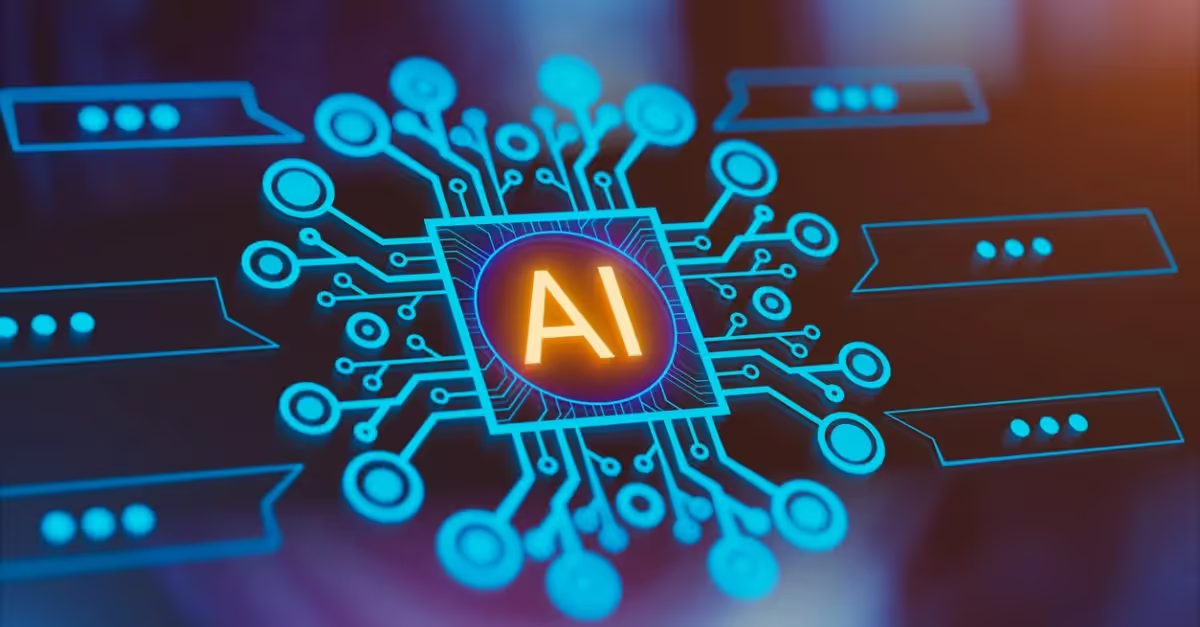Boost Productivity by Automating Repetitive Tasks with AI
Are you tired of handling the same repetitive tasks every day? AI-powered automation can streamline your workflow, saving you time and effort. Whether you run a business, manage projects, or deal with large amounts of data, artificial intelligence can optimize your processes and improve efficiency.
In this guide, you’ll learn how to leverage AI workflows to automate repetitive tasks, enhance operations, and increase productivity.
What Are AI Workflows and Why Do You Need Them?
AI workflows are automated sequences of tasks powered by artificial intelligence. These workflows use machine learning, natural language processing (NLP), and robotics to process data, perform actions, and make decisions with minimal human intervention.
Using AI workflows, you can:
- Reduce manual errors
- Save time by handling repetitive processes
- Improve decision-making with AI-driven insights
- Enhance efficiency across different business operations
- Scale automation as your workload grows
By implementing AI-powered automation tools, you can transform the way you work and focus on high-value tasks instead.
Top AI-Powered Automation Tools for Workflow Optimization
To help you automate repetitive tasks, there are several AI-driven tools that can integrate seamlessly with your business processes.
- Zapier – Connects applications and automates workflows without coding.
- UiPath – Provides robotic process automation (RPA) for repetitive tasks.
- Microsoft Power Automate – Automates workflows between various services.
- IBM Watson – Uses AI to analyze and automate business workflows.
- Google Cloud AI – Enables AI-powered process automation in enterprises.
These AI automation tools can streamline operations across different industries, from marketing and customer service to finance and healthcare.
How AI Workflows Automate Repetitive Tasks Across Industries
AI-powered automation isn’t limited to a single industry. It’s transforming various sectors by optimizing daily workflows. Here’s how AI can enhance operations across different fields:
1. Customer Support Automation
AI chatbots and virtual assistants can handle customer queries, process support tickets, and provide instant responses. Natural language processing (NLP) allows AI-driven bots to understand and respond to customer interactions efficiently.
2. Marketing and Social Media Management
AI can schedule social media posts, optimize email marketing campaigns, and analyze audience engagement. Machine learning algorithms help businesses personalize content and target the right customers.
3. Finance and Accounting
AI automates data entry, invoice processing, and fraud detection. AI-powered financial tools help businesses streamline expense management and budgeting.
4. Human Resources and Recruitment
Automated AI tools can scan resumes, schedule interviews, and assess candidates through predictive analytics, saving HR teams countless hours.
5. Healthcare and Medical Data Processing
AI can assist in diagnosing medical conditions, automating patient records management, and streamlining hospital workflows using machine learning algorithms.
By automating these repetitive tasks, businesses can improve productivity and focus on core activities.
Steps to Implement AI Automation in Your Workflow
Follow these steps to integrate AI-powered automation into your workflow successfully:
- Identify Repetitive Tasks: List down manual processes that consume the most time.
- Choose the Right AI Tools: Select AI automation software that matches your business needs.
- Set Up Workflow Automation: Configure the AI tool to automate tasks based on predefined triggers and conditions.
- Test and Optimize: Run trial workflows, monitor performance, and optimize automation settings.
- Scale AI Automation: Gradually expand automation across different areas of your business for maximum efficiency.
By implementing these steps, you can ensure a smooth AI workflow automation process.
Best Practices for AI-Driven Workflow Automation
To achieve the best results with AI automation, follow these best practices:
- Start with small automation tasks before scaling up.
- Ensure data quality for AI models by cleaning and structuring information.
- Regularly review AI actions to prevent errors and improve accuracy.
- Train employees to work alongside AI-powered tools for maximum efficiency.
- Stay updated with the latest AI trends to adapt automation processes accordingly.
By following these guidelines, you’ll maximize the benefits of AI workflow automation.
Conclusion: Leverage AI for a More Efficient Workflow
AI-powered automation is revolutionizing the way repetitive tasks are handled. By using AI-based workflow automation tools, you can increase productivity, reduce errors, and optimize business operations.
Whether you’re looking to automate customer service, streamline marketing efforts, or optimize financial processes, AI workflows provide a scalable and intelligent solution. Embrace AI-driven automation today and take your workflow efficiency to the next level.















.svg)



